Hwacheon Bimok Park (화천 비목공원)
.0M 2021-08-18
3481-70, Pyeonghwa-ro, Hwacheon-gun, Gangwon-do
+82-33-440-2225
Peace Dam was built over a period of 15 months from February 1987 to May 1988 with funds donated by the general public in response to North Korea’s construction of Geumgangsan Dam and a potential flooding attack. The flood control dam has proved its worth during the floods of 1995, 1996, and 1999 and it has become a major tourist destination over the years. Located in the vicinity of Peace Dam is Bimok Park, which is the origin of the famous national song “Bimok.”
In addition to the war monuments inside the park, there are around a dozen wooden crosses with rusty iron helmets placed on top within the barbed wire entanglements around the hill, thereby reminding visitors of the national tragedy of the Korean War. The county of Hwancheon hosts the Bimok Cultural Festival from June 3 to June 6 every year at Bimok Park, Bungeoseom Island by the town’s riverside, and the surrounding areas. The four-day festival offers a variety of events such as a singing contest, memorial ceremony of poetry reading, bimok tree cutting contest, rice ball eating contest, army life experience, military music parade, and more.
Crossing over to Yanggu County from Peace Dam, there is a national security education place comprised of attractions like the 4th Underground Tunnel and Eulji Observatory. Paroho Lake Battlefield Tourist Park is also worth a visit after looking around Peace Dam. Also known as the “ocean within mountains,” Paroho is a manmade lake created as a result of the Hwacheon Dam construction in 1944. The lake is home to over 70 different species of freshwater fish such as mandarin fish and carp. It also holds the sorrowful history of the water burial of three whole divisions of the Chinese Forces in defending the lake during the Korean War. The name Paroho, meaning “enemy breaking lake,” was given after the late president of Korea, Rhee Syngman, visited the place and designated a plaque in his own handwriting in memory of obtaining victory in fierce battle. There is an observatory, a security hall, and a stone monument engraved with the poetry of Wolha Rhee Taegeuk (1913-2003).
Peace Dam - Hwacheon (평화의댐 (화천))
77.3M 2022-12-26
3481-18 , Pyeonghwa-ro, Hwacheon-gun, Gangwon-do
+82-33-480-1512
Peace Dam in Hwacheon-gun was built in response to a potential flooding attack from North Korea. The first phase of construction began in 1986, and ended in 1989; the second phase, which entailed raising the x_height of the dam, began in 2002, and ended in 2005.
Over the years, the dam has become a major tourist destination. It has several cultural and recreational facilities including the Water Culture Center, an artificial wall stream, and rest areas. It is also located close to the DMZ, and natural landmarks such as Bimok Park, Bisugumi Valley, and Suhari Fishing Site.
Yanggu Porcelain Museum (양구백자박물관)
9.5Km 2022-08-09
5182, Pyeonghwa-ro, Yanggu-gun, Gangwon-do
+82-33-480-7237
Yanggu Porcelain Museum (formerly Bangsan Porcelain Museum) exhibits white porcelain from the Bangsan area, along with its collection and tools. There are also various visual aids that help understand the history of porcelain in the Bangsan area. The experience room is equipped with electric kilns, gas kilns, and firewood kilns, and is a facility for both outdoor and indoor experiences. Here, visitors can experience the entire process of making clay, molding, and baking it in a kiln. Bangsan-myeon, Yanggu was already well-known for pottery production since the Goryeo dynasty. During the Joseon dynasty, raw materials were supplied to the Gwangju branch in Gyeonggi-do, and here the technology and aesthetics spread to Gwangju.
Ttansan Mountain (딴산)
12.4Km 2021-06-22
Hwacheon-eup, Hwacheon-gun, Gangwon-do
+82-33-440-2547
Located just four kilometers away from Hwacheon-eup, Ttansan Mountain is nestled between Paroho Lake and the entrance to Peace Dam, making it appear more like an island floating on the water rather than a mountain.
This small island-like mountain offers an interesting and unique setting and the nearby mountains provide a cooling effect with its shadows on the water creating a relaxing resting area.
Dutayeon Valley [National Geopark] (두타연 (강원평화지역 국가지질공원))
12.8Km 2021-07-17
Gobangsan-ri, Yanggu-gun, Gangwon-do
+82-33-480-2251
Dutayeon Valley is located north of the Civilian Control Line, requiring advance reservation through the Yanggu-gun Office website as well as filling out admission information at the Dutayeon Gallery before entering the area with a guide. The valley has a waterfall located along Sataecheon Stream where it merges with Suipcheon Stream. The water falls into a plunge pool, which has also carved out a deep cave in the bedrock at the base of the waterfall.
Paroho Lake (Hwacheon) (파로호(화천))
13.9Km 2022-12-26
36-8, Baeteo-gil, Gandong-myeon, Hwacheon-gun, Gangwon-do
+82-33-440-2575
Paroho Lake is a manmade lake created when Hwacheon Dam was built in the valley of the Bukhangang River. The lake was once referred to as Daebungho Lake for its resembling image of an imaginary phoenix rising with its wings spread wide open when seen from afar. The area was a territory of North Korea after Korea's independence, but became a South Korean territory after the Korean War.
Paroho Lake (Yanggu) (파로호(양구))
15.6Km 2021-11-30
545, Ha-ri, Yanggu-gun, Gangwon-do
+82-33-480-2531
Paroho Lake is a manmade lake that was completed in 1943. The lake was created due to the construction of a hydraulic power plant in Hwacheon during Japanese colonial period. The name was given after President Syngman Rhee designated a plaque in his own handwriting naming the body of water ‘Paroho Lake’ during the Korean War after a victorious feat in a battle against the Chinese army. The power plant has a generation capacity of 105,000 kilowatts, and the lake is one of the top fishing grounds in Korea as it is abundant in freshwater fish.
The area boasts several splendid views and a former president built his country home on the lake. Relics from the Stone Age and New Stone Age were found to be well preserved in the area. Twenty-one dolmens were found on the lake grounds, as well as 4,000 pieces of Prehistoric relics used during Paleolithic age, drawing interest from the academic field. Recently, habitats of mandarin ducks, a national natural monument, were found near the Paroho lakeside.
Mallihyang (만리향)
16.2Km 2021-03-26
7706-1, Yeongseo-ro, Hwacheon-gun, Gangwon-do
+82-33-442-6022
This is a place where you can eat delicious Chinese dishes at reasonable prices. This Chinese (cuisine) restaurant is located in Hwacheon-gun, Gangwon-do. The representative menu is sweet and sour pork.
Hwacheon Sancheoneo Ice Festival (얼음나라화천 산천어축제)
16.3Km 2025-07-11
137 Sancheoneo-gil, Hwacheon-gun, Gangwon-do
+82-1688-3005
The Hwacheon Sancheoneo Ice Festival is a unique winter festival that was selected by CNN as one of the “seven wonders of winter” in 2011. The festival is held when Hwacheoncheon Stream freezes over, and visitors can enjoy ice fishing. During the festival, visitors can catch sancheoneo (cherry salmon), nicknamed the “Queen of the Valley,” through holes drilled in the ice and then taste their catch by grilling it or having it prepared at the sliced raw fish center. In addition to ice fishing, there are lure and barehand fishing and fun activities such as sledding, bobsledding, and ice soccer. The festival is a popular event among people of all ages, attracting more than 1 million visitors every year.
◎ Sancheoneo Fish (Cherry Salmon)
Sancheoneo is a species of fish that belongs to the salmon family and lives in the cleanest valleys with water temperatures of 20°C or below. It is rich in amino acids, essential fatty acids, and vitamins.
Yanggu Prehistory Museum (양구선사박물관)
16.3Km 2022-08-18
439-52, Geumgangsan-ro, Yanggu-gun, Gangwon-do
+82-33-480-7220
Yanggu Prehistory Museum displays artifacts from the Paleolithic Age found in Sangmuryong-ri, Yanggu-eup and the Neolith Age discovered in Hyeon-ri, Haean-myeon. It is the first prehistory museum in the nation and aims to teach visitors about Korean prehistoric culture in a manner easy to understand.
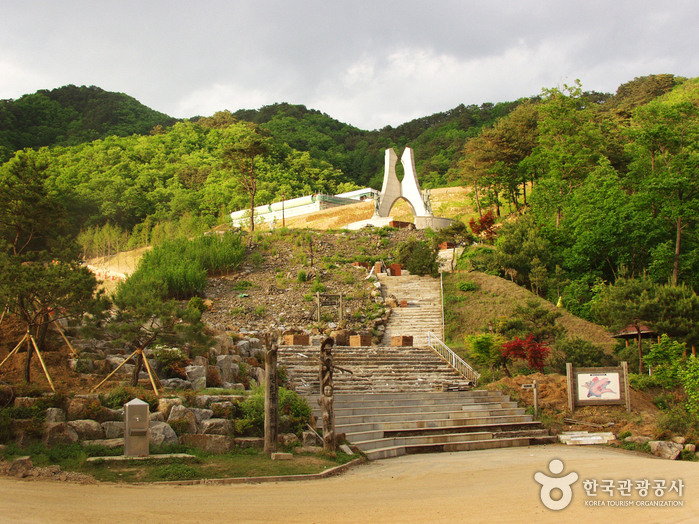
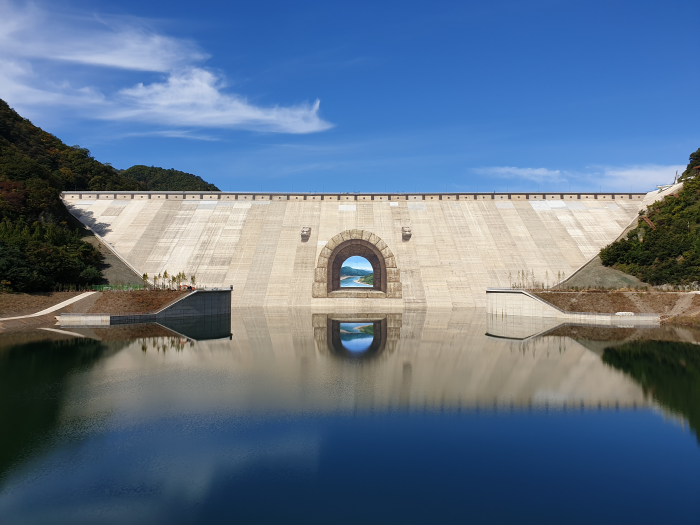
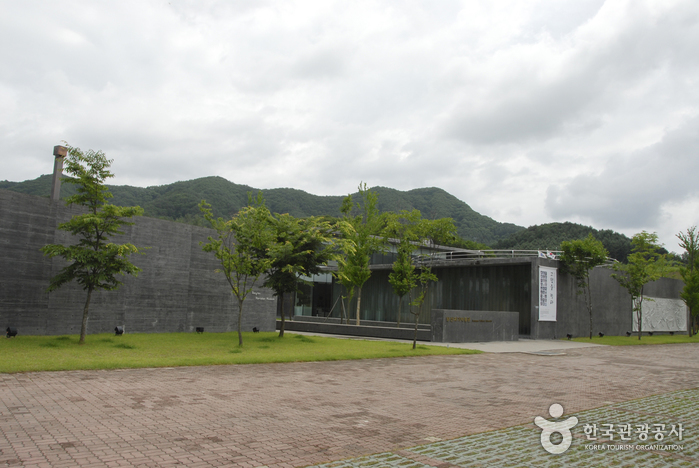
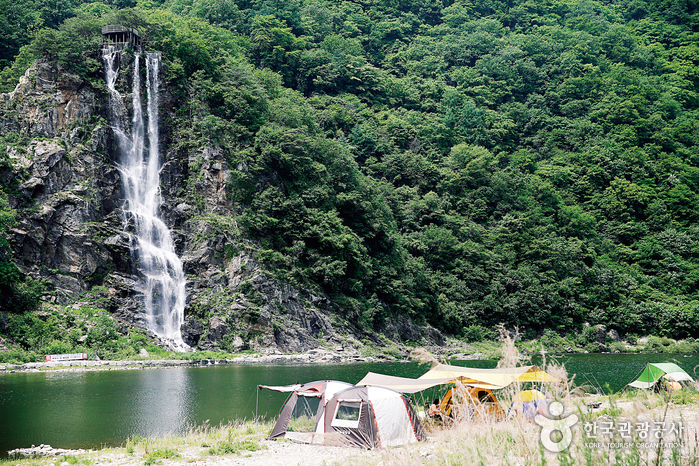

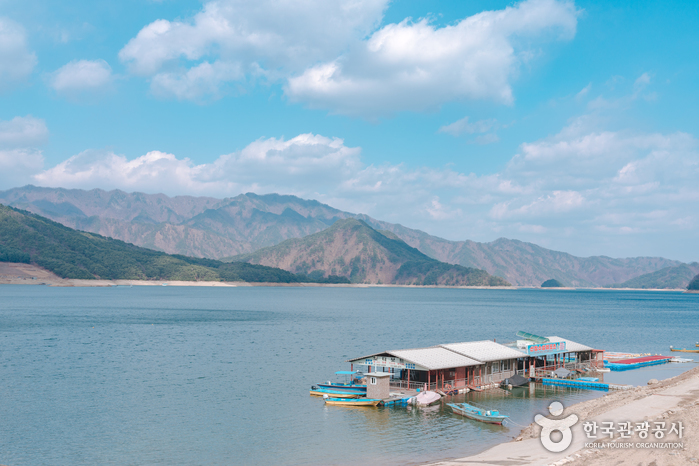
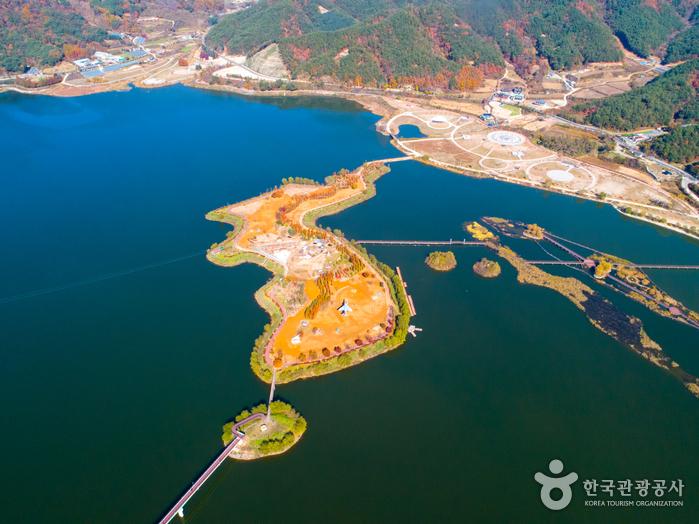
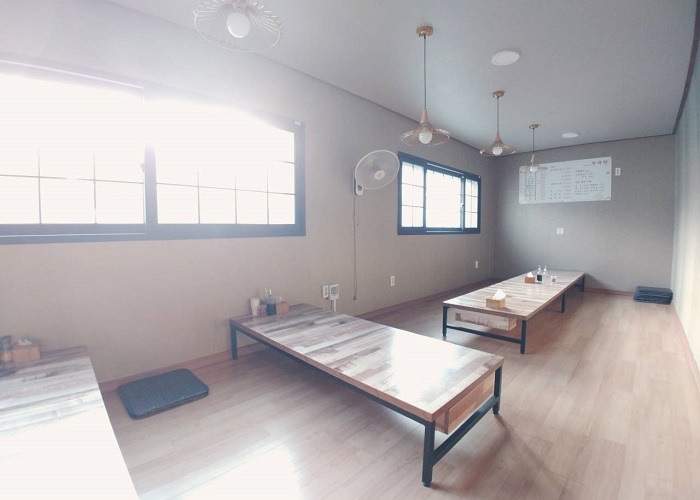
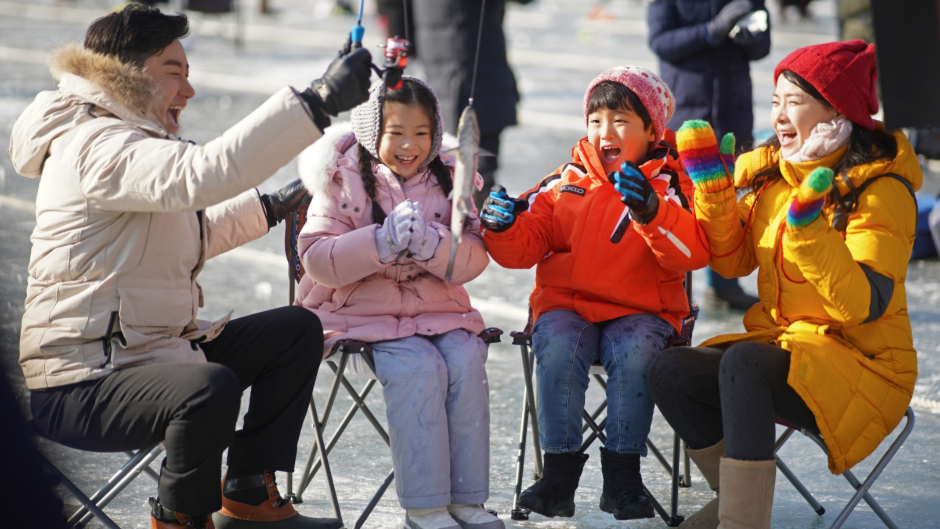
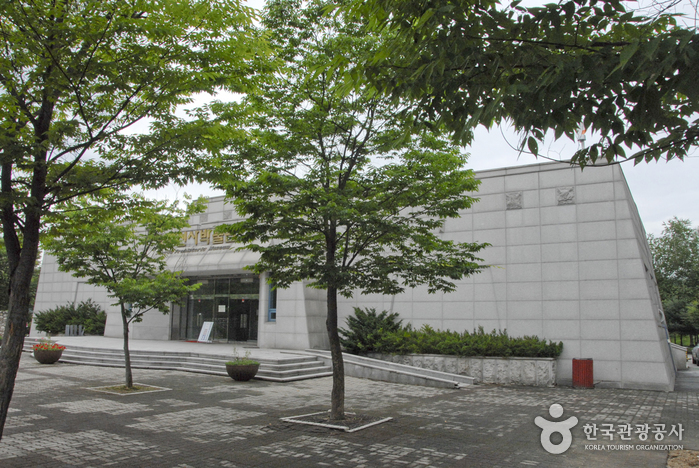
 English
English
 한국어
한국어 日本語
日本語 中文(简体)
中文(简体) Deutsch
Deutsch Français
Français Español
Español Русский
Русский